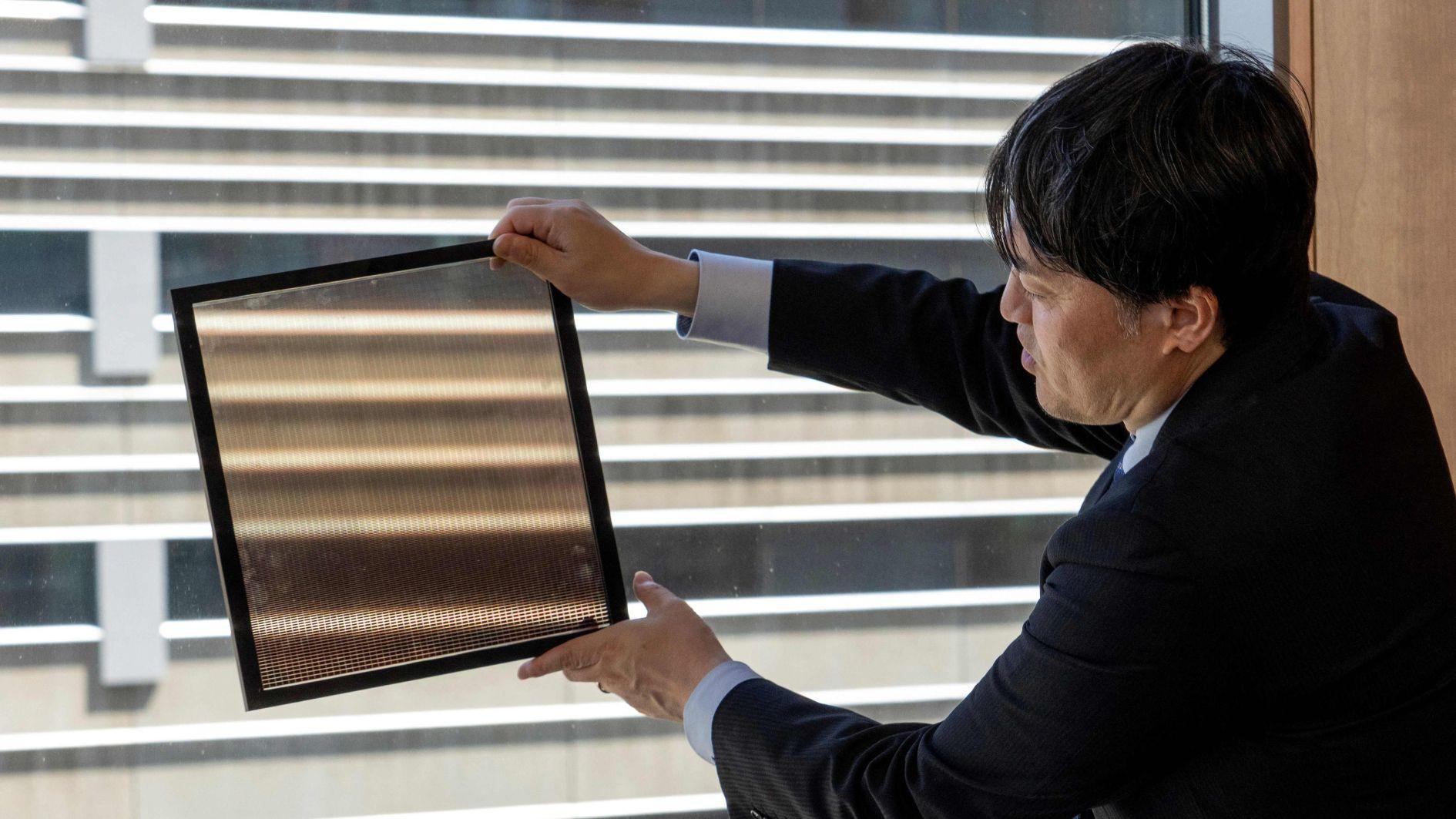
Japan is heavily investing in a new kind of ultra-thin, flexible solar panel that it hopes will help it meet renewable energy goals while challenging China's dominance of the sector.
Pliable perovskite panels are perfect for mountainous Japan, with its shortage of flat plots for traditional solar farms. And a key component of the panels is iodine, something Japan produces more of than any country but Chile.
The push faces some obstacles: Perovskite panels contain toxic lead, and, for now, produce less power and have shorter lifespans than their silicon counterparts.
The government is offering generous incentives to get industry on board, including a 157-billion-yen ($1 billion) subsidy to plastic maker Sekisui Chemical for a factory to produce enough perovskite solar panels to generate 100 megawatts by 2027, enough to power 30,000 households.
By 2040, Japan wants to install enough perovskite panels to generate 20 gigawatts of electricity, equivalent to adding about 20 nuclear reactors.
That should help Japan's target to have renewable energy cover up to 50 percent of electricity demand by 2040.
The nation is looking to solar power, including perovskite and silicon-based solar cells, to cover up to 29 percent of all electricity demand by that time, a sharp rise from 9.8 percent in 2023.
Tokyo wants to avoid a repeat of the past boom and bust of the Japanese solar business.
In the early 2000s, Japanese-made silicon solar panels accounted for almost half the global market.
Now, China controls more than 80 percent of the global solar supply chain, from the production of key raw material to assembling modules.
Silicon solar panels are made of thin wafers that are processed into cells that generate electricity.
They must be protected by reinforced glass sheets and metal frames, making the final products heavy and cumbersome.
Perovskite solar cells, however, are created by printing or painting ingredients such as iodine and lead onto surfaces like film or sheet glass.
The final product can be just a millimetre thick and a tenth the weight of a conventional silicon solar cell.
Perovskite panels' malleability means they can be installed on uneven and curved surfaces, a key feature in Japan, where 70 percent of the country is mountainous.
The panels are already being incorporated into several projects, including a 46-storey Tokyo building to be completed by 2028.
The southwestern city of Fukuoka has also said it wants to cover a domed baseball stadium with perovskite panels.
And major electronics brand Panasonic is working on integrating perovskite into windowpanes.